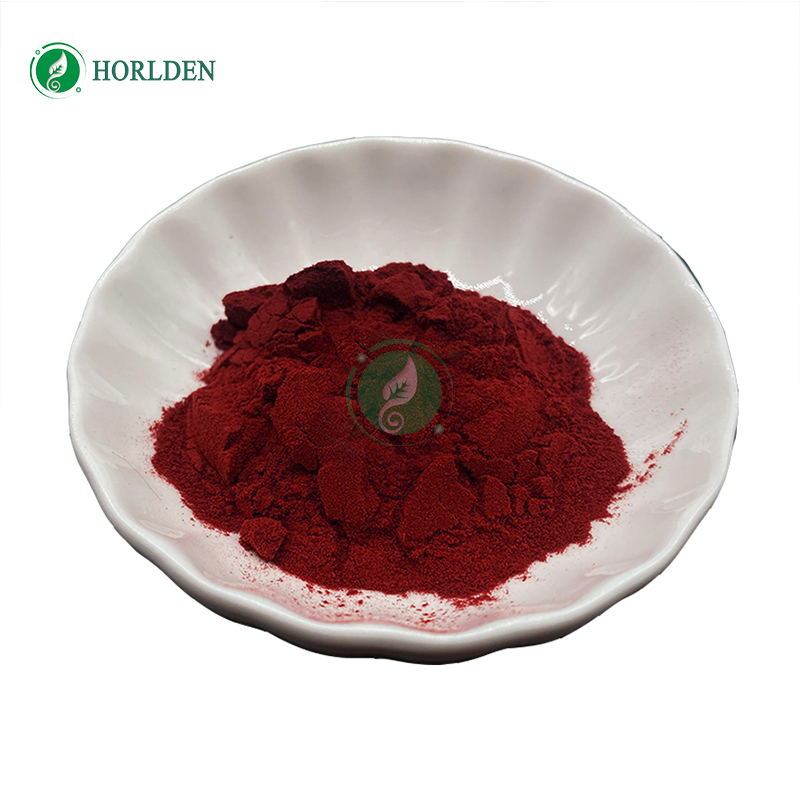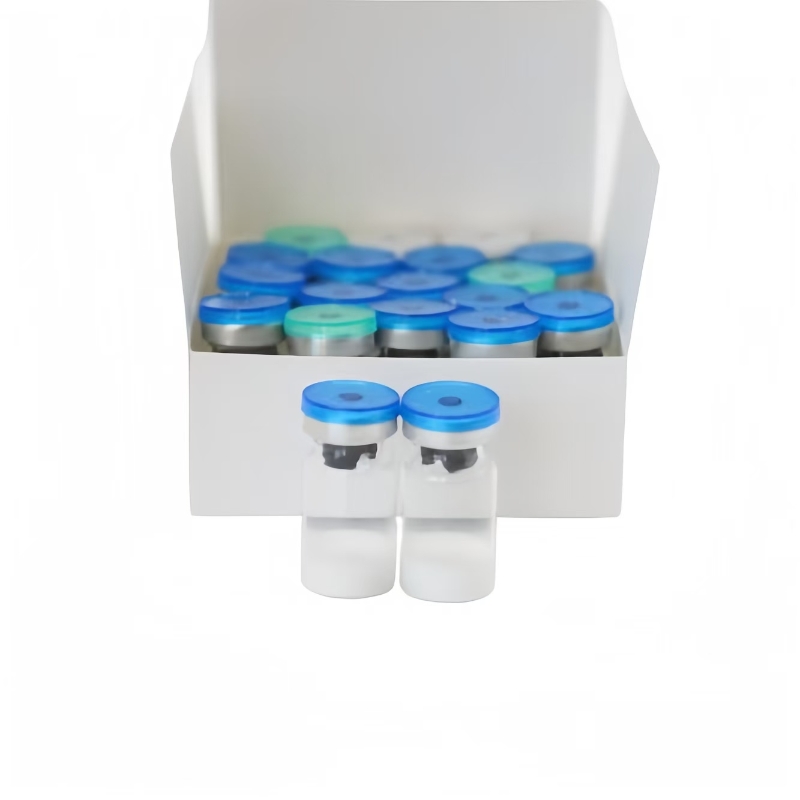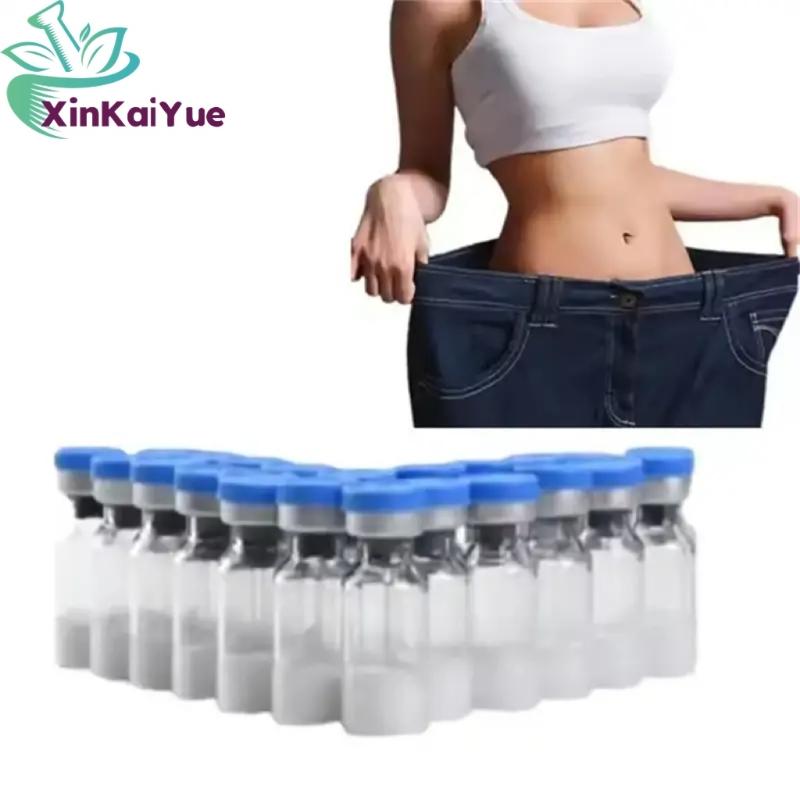HerOx announces FDA approval for treatment of acute myocardial infarction
-
Last Update: 2020-06-10
-
Source: Internet
-
Author: User
Search more information of high quality chemicals, good prices and reliable suppliers, visit
www.echemi.com
recently,Medical Devices(http://company(http://TherOx announced that its ultra-saturated oxygen (SSO 2) therapy has been approved by theFDA(http://for the treatment of acute myocardial infarction (AMI)the treatment is also the first approved treatment for heart disease through interventional PCI therapy (coronary artery intervention therapy) that can significantly reduce muscle damage in heart patientsAfter the coronary artery is successfully opened through PCI, SSO 2 therapy delivers high-pressure levels of oxygen directly to the ischemic heart muscleThis treatment is suitable for patients with severe heart disease, such as those with a left pre-lower ST elevated myocardial infarction (LAD STEMI)LAD STEMI patients need to be treated within 6 hours of the onset of symptoms, and the doctor needs to place a medical stent into the patient's blood vessels before immediately applying SSO 2 therapyThe efficacy of SSO 2 therapy, which can continuously reduce the area of cardiac infarction in AMI patients, has been confirmed in many clinicaltrial(http://PCI-paired SSO 2 therapy reduced the patient's heart infarction area by 26% compared to PCI treatment alone, and kept the patient stable in the left ventricle for 30 days after treatment in addition , SSO 2 therapy significantly reduces the incidence of AMI complications in patients About TherOx
TherOx (NASDAQ: THER) was established in 1994 as a private Medical (http:// Devices (http:// company in Irvine, California the company is working to develop SSO 2 therapies for a wide range of AMI patients to repair damaged hearts and thus save the lives of heart patients SSO 2 therapy is a new treatment for heart disease the treatment helps patients restore blood flow to the heart by injecting them with super-oxidized blood, reducing the area of vascular infarction
This article is an English version of an article which is originally in the Chinese language on echemi.com and is provided for information purposes only.
This website makes no representation or warranty of any kind, either expressed or implied, as to the accuracy, completeness ownership or reliability of
the article or any translations thereof. If you have any concerns or complaints relating to the article, please send an email, providing a detailed
description of the concern or complaint, to
service@echemi.com. A staff member will contact you within 5 working days. Once verified, infringing content
will be removed immediately.







